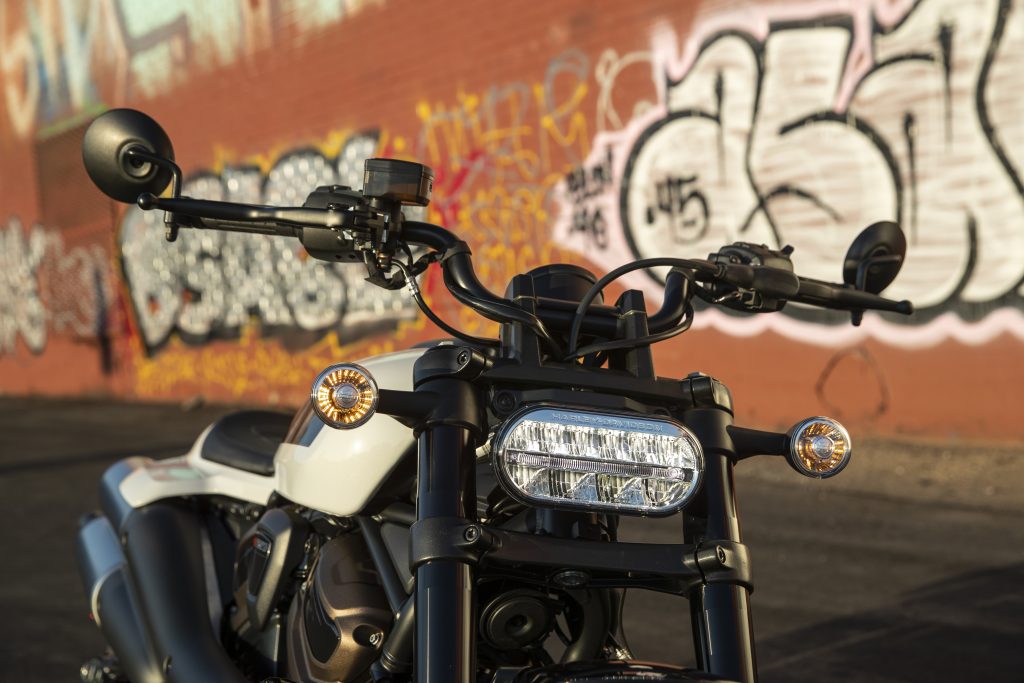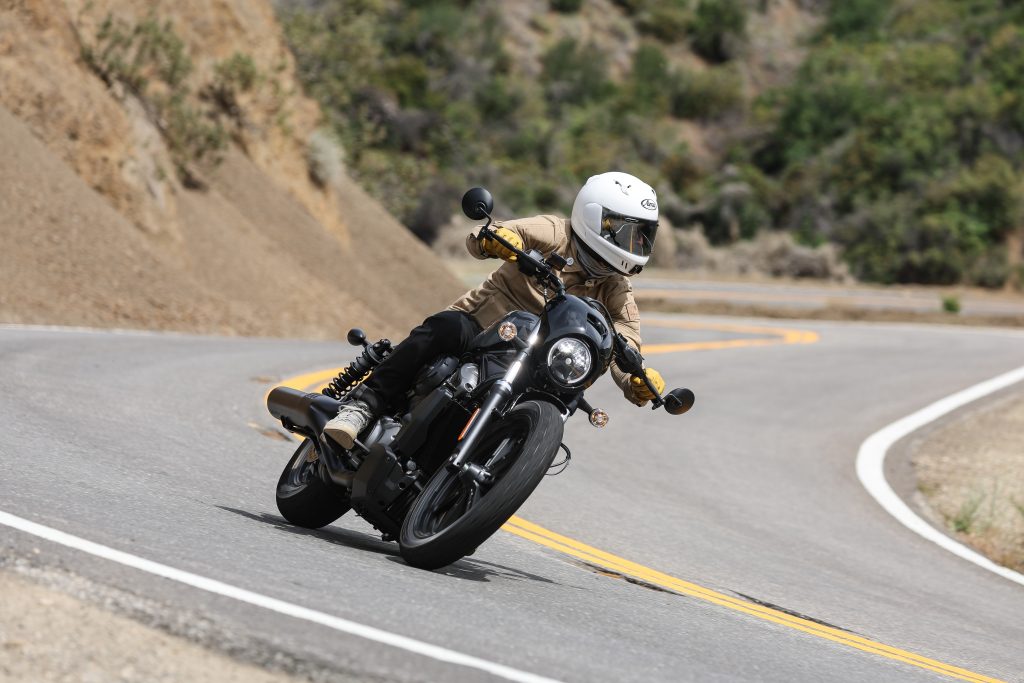Test Ride: Harley-Davidson Pan America 1250 Special
The first adventure touring bike in the brand’s 118-year history is helping the motorcycle company evolve

The stakes could not have been higher for Harley-Davidson with the release of the Pan America 1250, the first adventure touring bike in the brand’s 118-year history. Entering the adventure bike segment requires full commitment from any motorcycle company, let alone one known for cruiser bikes and for attracting a very particular kind of rider. Still, Harley-Davidson’s attempt results in an excellent motorcycle all around—not to mention a historic one.
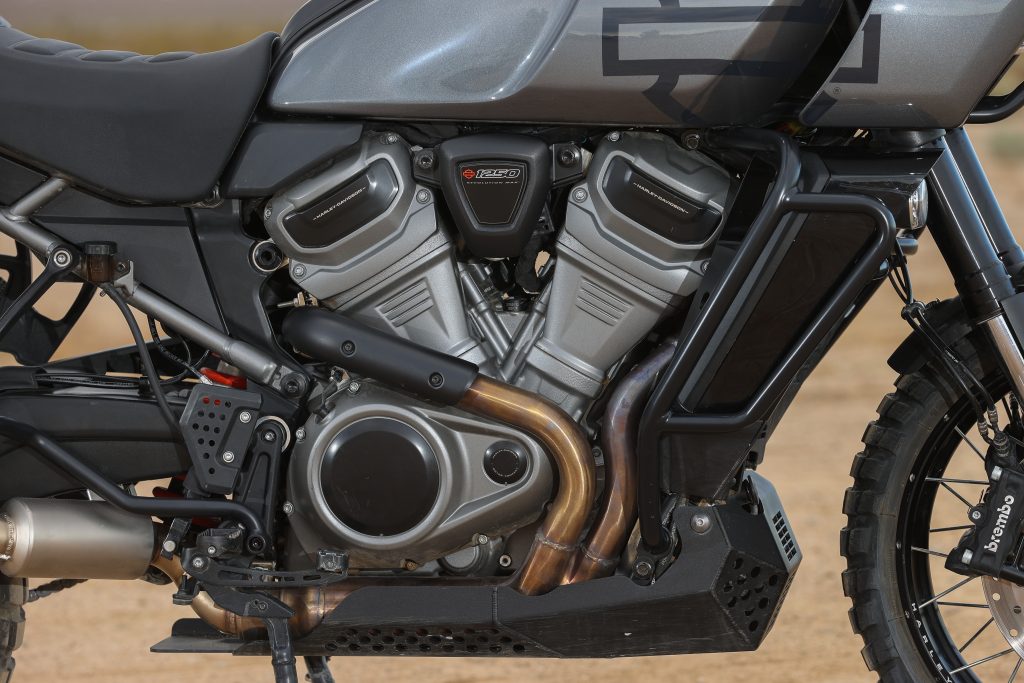
First and foremost, the brand new liquid-cooled Revolution Max 1250 V-twin engine at the heart of the Pan America is a game-changer for the brand. It’s a power plant offering plenty of torque from around 2,200rpm all the way to approximately 8,500rpm, where the ferocity begins to taper off on the way to the 9,500rpm redline. The 2022 Sportster S is also built around this engine, and hopefully many more Harley-Davidson models will be too. It makes for a very stable ride when aiming for comfortable cruising, but is exciting when blasting out of corners. The Livewire (Harley-Davidson’s first fully electric bike) might make for bigger headlines, but in terms of actually putting riders on seats and changing brand perception, the Pan America and this new 1250 motor are significant.
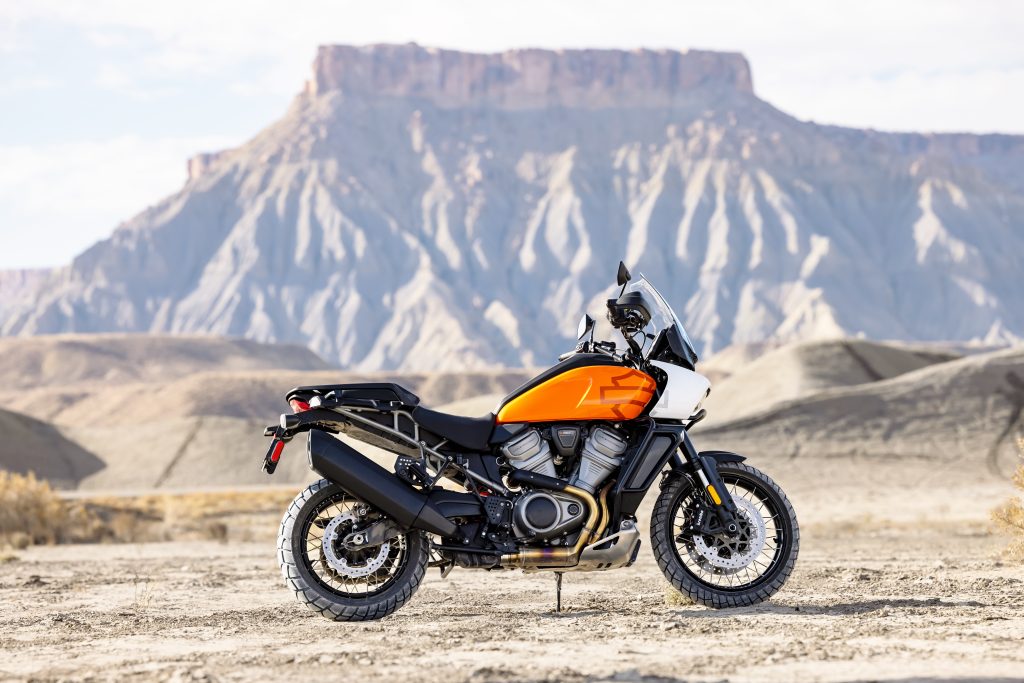
Whether the adventure touring crowd will accept Harley remains to be seen, but early buzz around the community is positive overall. Whether the traditional Harley crowd will give riding dirt a try also remains to be seen. For the brand to survive and thrive, both need to happen. It would seem that Harley-Davidson has put itself in the best possible position to make this ideal future a reality.
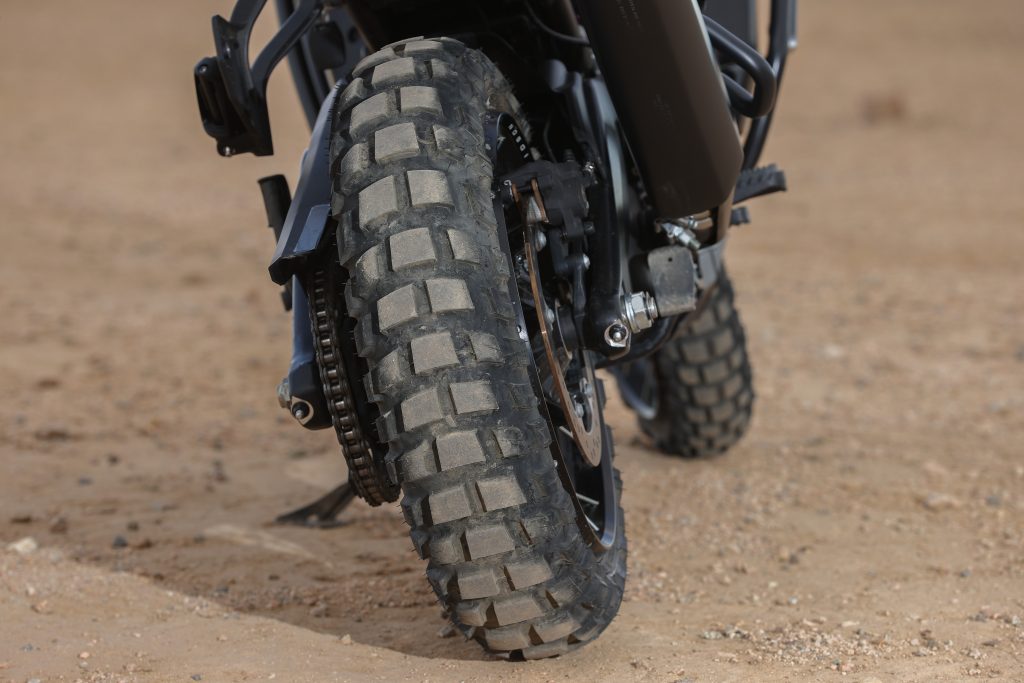
On asphalt, the Pan America is as friendly an adventure bike as we’ve ridden. On dirt, we were equally confident and comfortable, thanks largely to the folks at Harley-Davidson’s garage installing the more aggressive, optional knobby tires on the tubeless laced wheels and the tall bars that move hand controls up and back two inches.
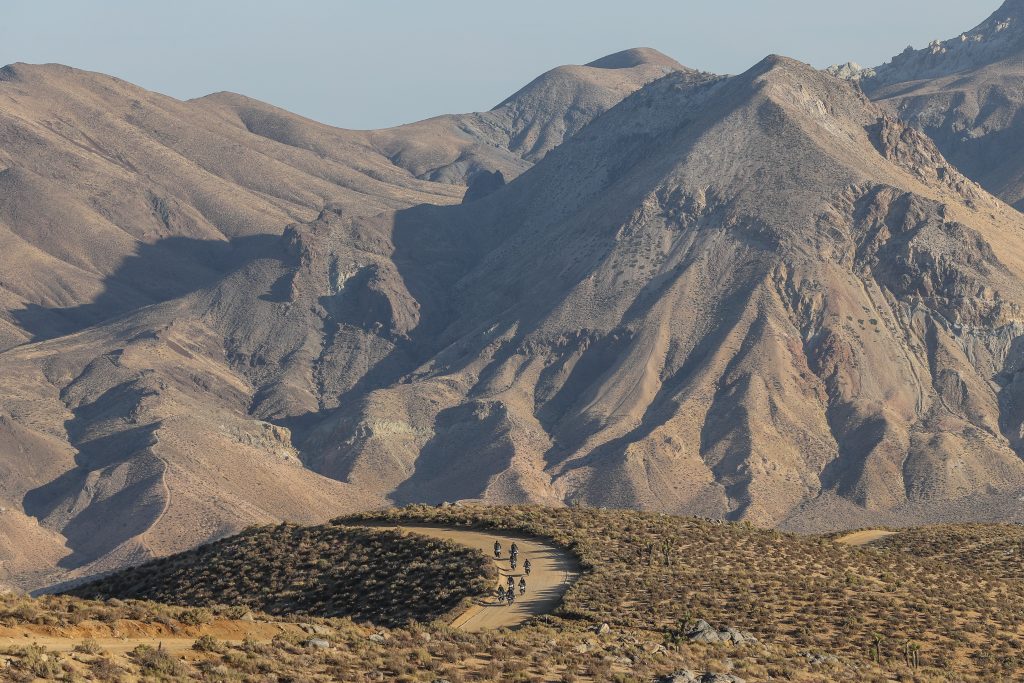
The majority of our test ride takes place to the northeast of Los Angeles on a blistering hot day. Getting to the location involves a great deal of freeway lane-splitting (which is low stress thanks to the stability and narrow profile of the Pan America) and then ripping through two canyon roads, where the Pan America proves it’s happy to hustle through twisties, even while wearing Michelin Anakee off-road rubber.

Once on the trail, we’re quickly accustomed to the off-road mode, and the bike makes easy work of deep ruts, loose rocks and tight hills. Our route is probably intermediate on the scale of difficulty. We’re not experts when it comes to riding full-size adventure motorcycles on dirt, and leave dunes, river crossings and boulder fields to veterans who specialize in pushing these types of bikes to their limits, but many highly experienced riders have high praise for the Pan America.
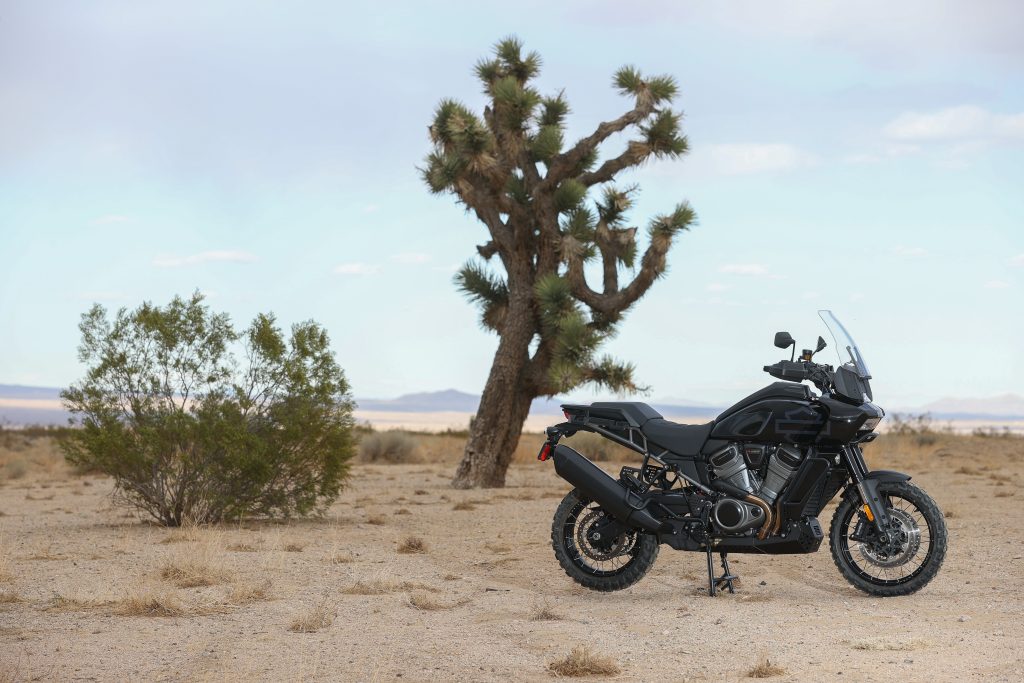
While it’s not a bargain, the Pan America price is still competitive, with a base model starting at $17,319 and the Pan America 1250 Special at $19,999. That $2,700 difference in base price translates to the inclusion of semi-active front and rear suspension components that the brand calls Vehicle Load Control and when paired with the optional Adaptive Ride Height (for an additional $1,000) the “Special” nomenclature becomes highly appropriate. A Harley-Davidson that adjusts rear preload settings by calculating the weight of the rider, passenger and cargo, and can lower the bike when coming to a stop (allowing the rider to place one or both feet on the road), is as impressive as it is considerate. Veteran riders likely won’t give much consideration to such innovation (despite tech like this being a win for everyone) but those newer to riding will definitely appreciate it—and that’s crucial to the future of Harley-Davidson.
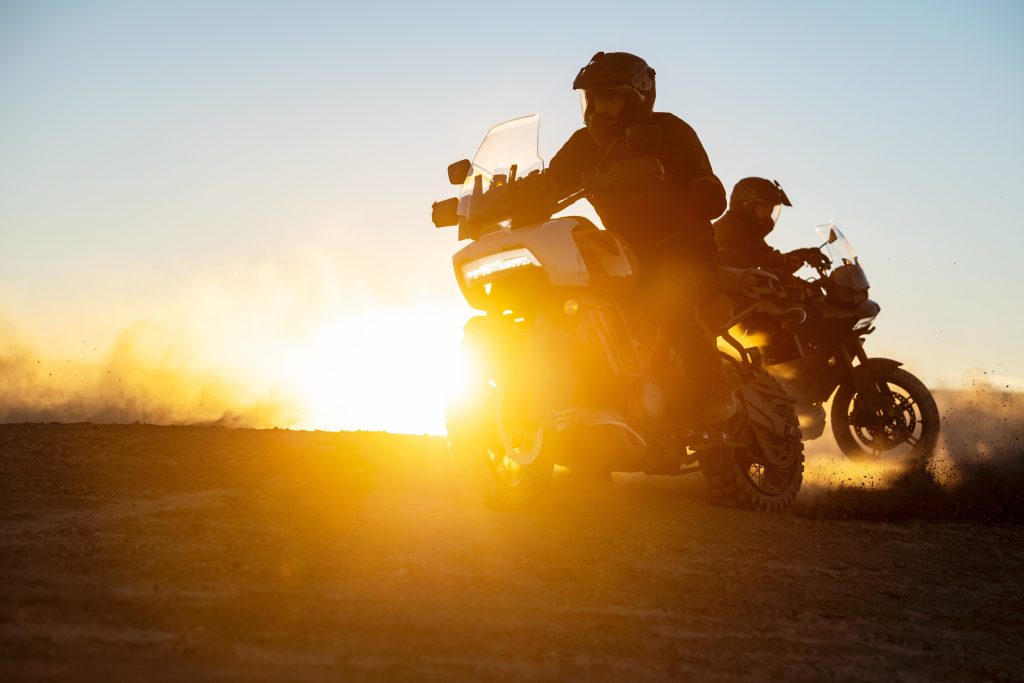
A decade ago Harley-Davidson was trying to secure new customers by appealing to younger riders with variations on the same products they’d been making for years. That strategy proved ineffective and, by turning their attention to developing motorcycles like the Pan America, Livewire and Sportster S, they’ve successfully broadened their horizons. It will mean something very different to be a Harley rider in the next decade than it has for the past 118 years, which is exactly what the brand—and motorcycle community—needs in order to evolve.
Hero image by Andrew Maness
